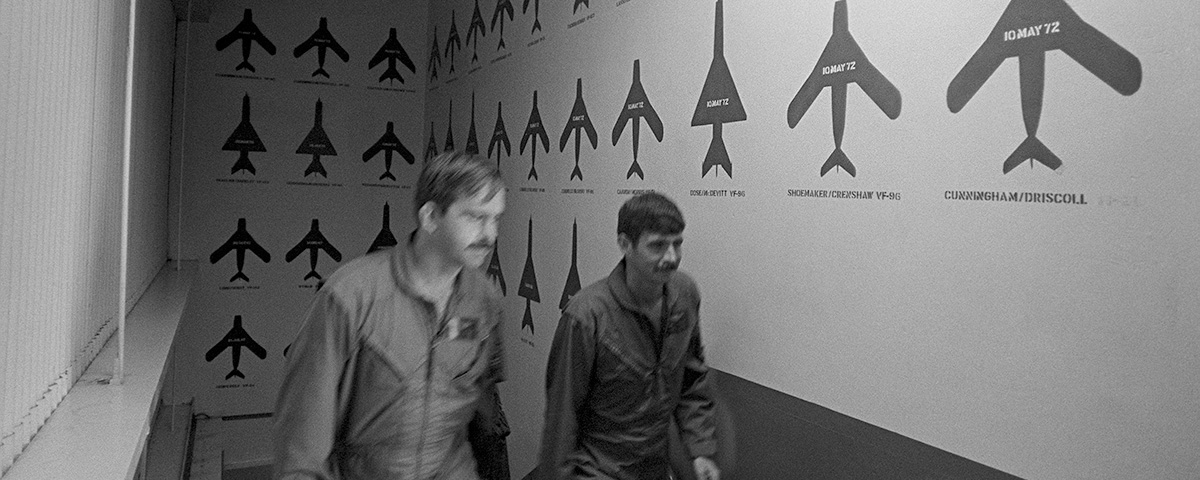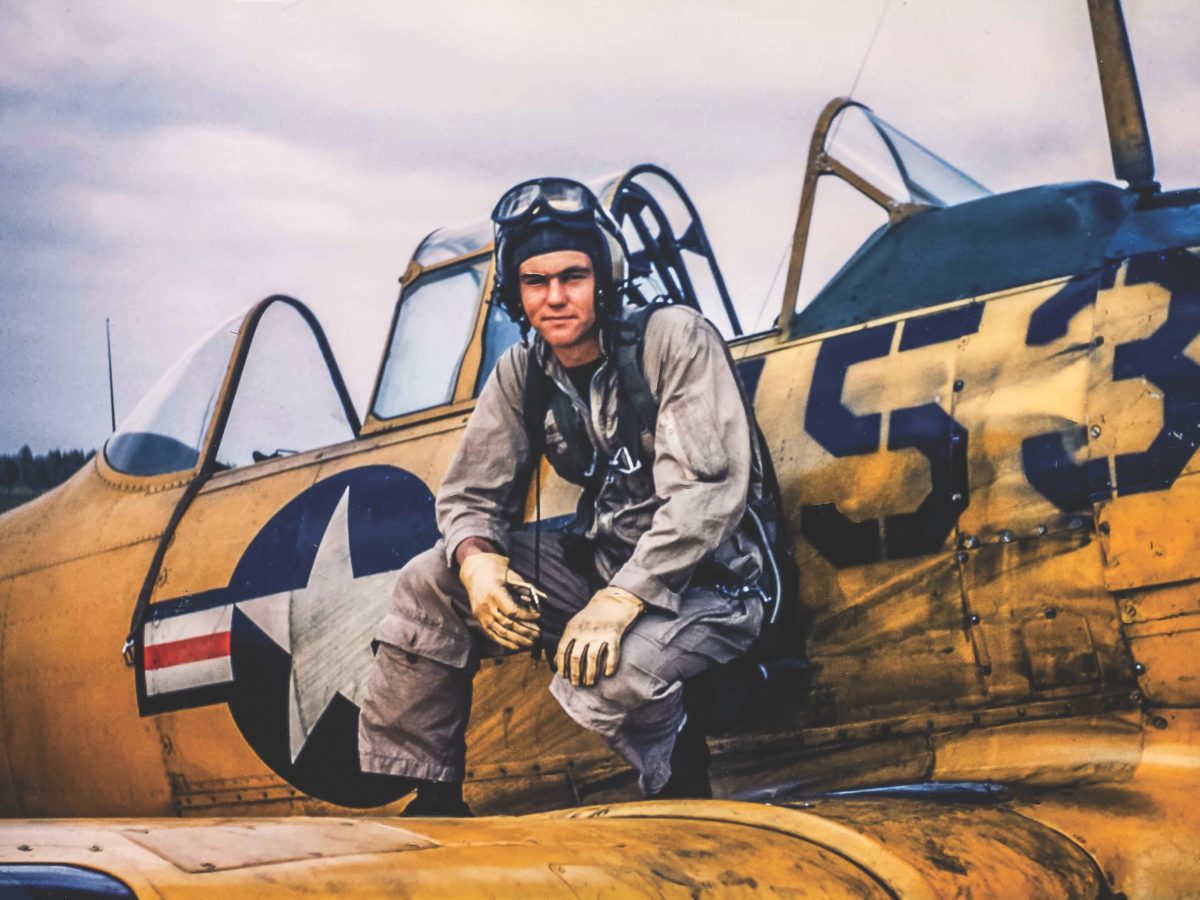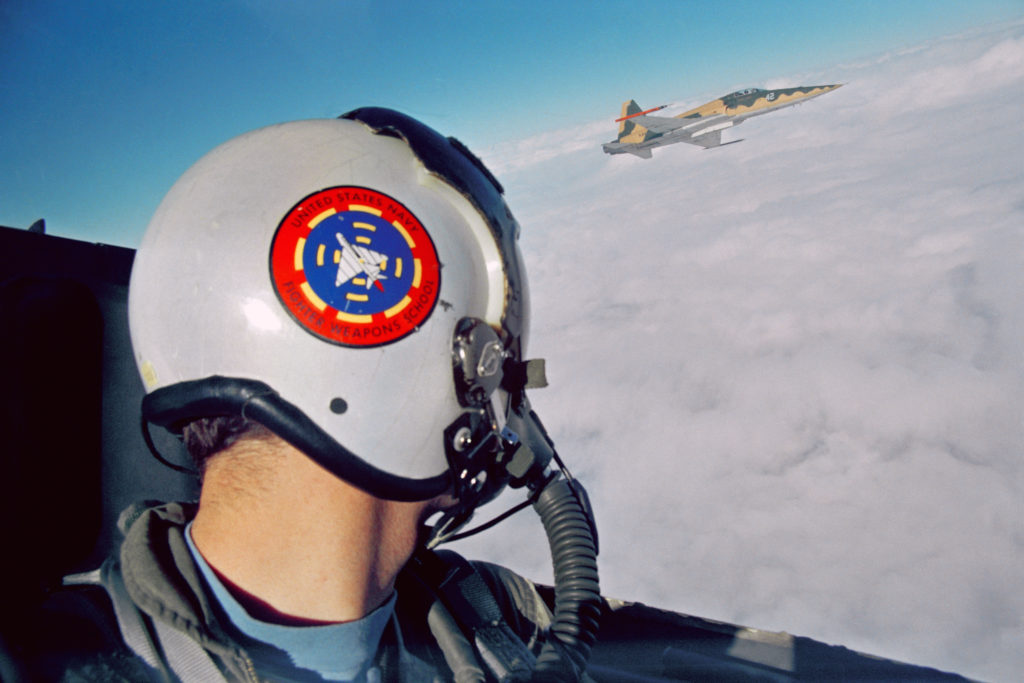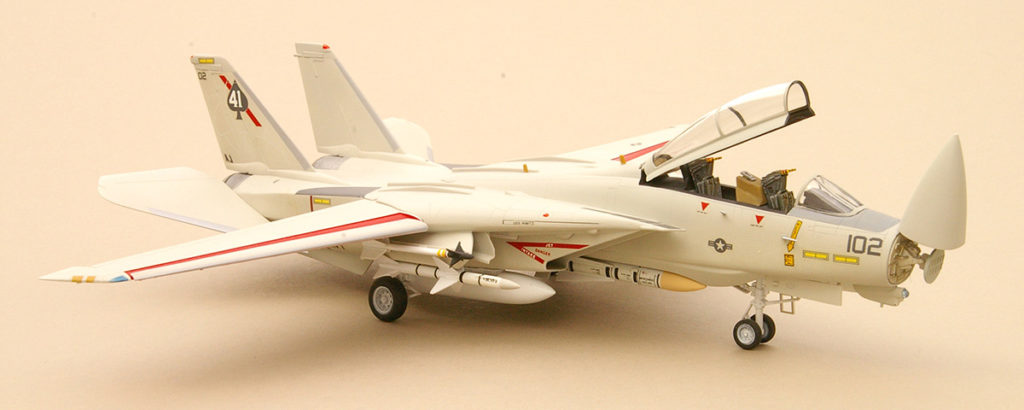The Navy Fighter Weapons School, the official name for Topgun, was created in response to the poor performance of U.S. Navy fighters and their missiles in the first few years of the air war over North Vietnam. When the Navy compared its combat performance in the Vietnam War to previous conflicts, one measure was kill ratio, the number of enemy aircraft destroyed for each American fighter lost. In World War II the Navy’s kill ratio was 14 to 1, meaning it destroyed 14 enemy aircraft for each Navy aircraft lost. In the Korean War, American jets overall had a 12-to-1 kill ratio over enemy fighters. While some inaccuracy is to be expected in these numbers — people were shooting at each other, after all — they provide a rough indicator of effectiveness.
Recommended for you
During the first few years of air combat in Vietnam, the Navy’s kill ratio was around 2.5 to 1, quite a bit lower than in previous wars. This was more surprising when one considers that the U.S. employed sophisticated, high-performance, missile-armed fighters against what was thought of as the relatively primitive air force of North Vietnam. There were many complicating factors, but that kill ratio indicated profound problems, so Navy leaders ordered a study. It was led by Capt. Frank Ault, and the results were known as the Ault report.
WHy WERe VIETNAM PILOTS FAILING?
One of its major conclusions was that air-to-air missiles needed to be more reliable. Fighter pilots many times aimed at the enemy and squeezed the trigger only to find the missile did nothing or flew off on its own. This was partially due to the pounding these weapons took from frequent aircraft carrier takeoffs and landings. Industry and government responded with solid-state electronics and other advances that greatly improved reliability.
A second conclusion was that pilots had not been well trained in close-in maneuvering, which could be attributed to the attitude that missiles would eliminate the need for dogfighting. But when missiles failed or an enemy fighter managed to get into a position of advantage, dogfighting proved to be a valuable skill.
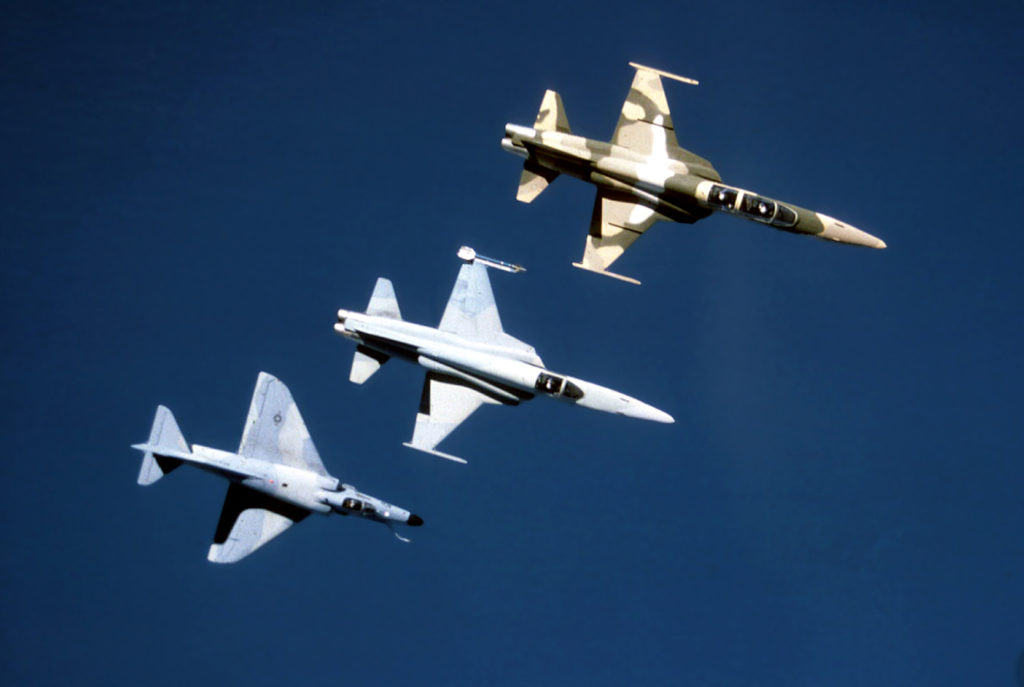
TOPGUN TRAINED BETTER FIGHTER PILOTS
One way to address this training problem was to establish a core of specialists to train fighter crews in air combat maneuvering. To gain even more benefits, these instructors were to fly aircraft that were different from the Navy’s fighters and replicated the capabilities of likely enemy fighters. The Navy’s response to the Ault report led to the establishment of Topgun at NAS Miramar, initially as a department in an existing squadron (the F-4 Phantom training squadron), which evolved into a standalone aircraft squadron. The Navy (and Air Force) also established other adversary squadrons at fighter bases to prepare crews to face enemy fighters.
As for Vietnam aerial combat, Topgun training and other measures resulted in an increase in the Navy’s kill ratio to 13 to 1. That’s a good return on investment.
historynet magazines
Our 9 best-selling history titles feature in-depth storytelling and iconic imagery to engage and inform on the people, the wars, and the events that shaped America and the world.


